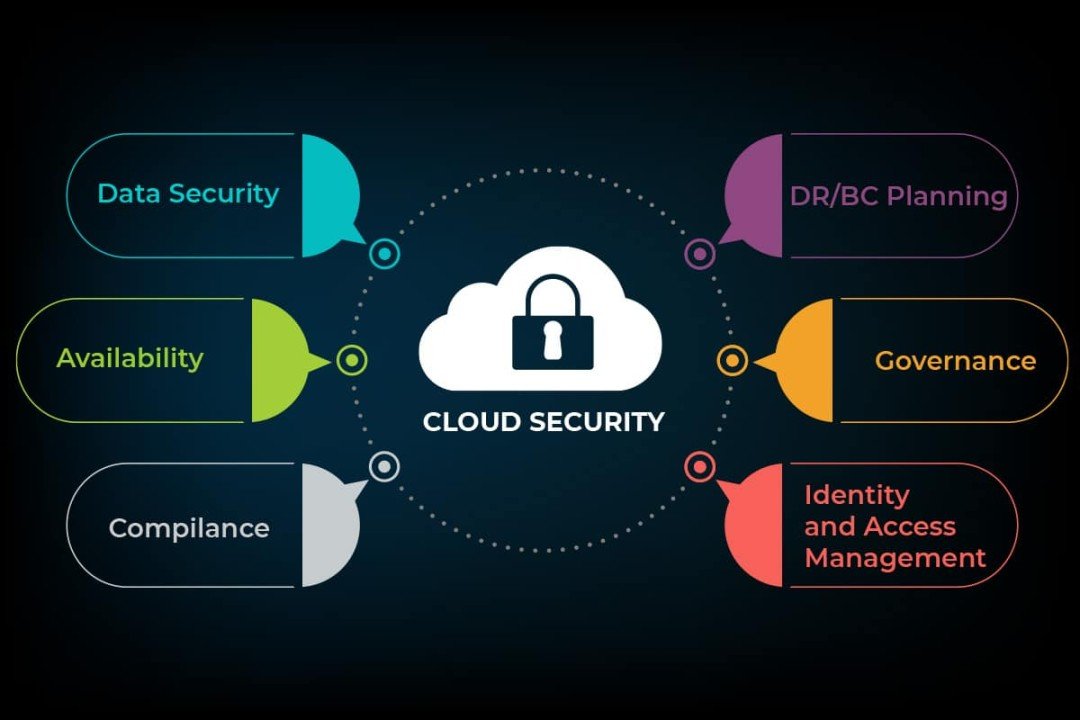Mitigating API Vulnerabilities in Cloud-Based Service Architectures.
API vulnerabilities have emerged as one of the most critical cybersecurity concerns of 2025, with organizations scrambling to protect their cloud-based service architectures from increasingly sophisticated attacks.
Recent industry reports highlight that 41% of businesses have experienced API security incidents, with 63% resulting in data breaches or loss.
As APIs become the backbone of modern cloud applications, security experts urge organizations to adopt comprehensive mitigation strategies.
OWASP Updates API Security Threats Framework
The Open Web Application Security Project (OWASP) released its updated list of the Top 10 API Security Vulnerabilities in 2023, which continues to guide security practices in 2025.
The list ranks broken object-level authorization as the most severe threat, followed by broken authentication and broken object property-level authorization.
“The API landscape has changed dramatically in the past two years, with three significant new entries to the OWASP top 10 list including unrestricted access to sensitive business flows and server-side request forgery,” notes a recent industry analysis from March 2025.
These new threats reflect the evolving nature of API attacks as cloud architectures become more complex.
Serverless Architectures Present Unique Challenges
Serverless computing has exploded in popularity, but security experts warn it introduces distinct API security challenges. A January 2025 report states that serverless architectures distribute functionality across multiple APIs, significantly expanding the attack surface.
“Serverless environments lack a traditional network perimeter, making APIs the primary targets for attacks such as injection attacks, data exfiltration, and DDoS,” explains the report.
A documented case from 2023 revealed how a retail organization experienced a breach due to an undocumented API endpoint created during a serverless migration.
Zero Trust Models Gain Traction for API Security
Security professionals are increasingly turning to Zero Trust models for API protection. A February 2025 study indicates this approach is particularly practical in cloud environments with obsolete traditional perimeter security.
“Zero Trust APIs ensure security by treating all networks as compromised,” says the report. “The interconnected nature of APIs makes Zero Trust a natural fit, and many APIs already incorporate some key principles of the framework.”
The Zero Trust approach requires four essential components: identity verification for all users, no automatic access grants, enforced policies, and comprehensive security team visibility.
Dynamic Testing and Observability Emerge as Critical Tools
Dynamic Application Security Testing (DAST) has emerged as a powerful weapon against API vulnerabilities. A March 2025 analysis explains that DAST works by testing applications from the outside—mimicking an attacker’s approach—without requiring source code access.
“DAST ensures your API isn’t unintentionally handing out keys to sensitive data like an overly generous doorman,” the report states. “It can uncover broken authentication mechanisms, injection vulnerabilities, insecure direct object references, and excessive data exposure.”
Alongside DAST, API observability has become essential for maintaining security. A recent study outlines nine key strategies for effective API monitoring, including context-rich telemetry, high-cardinality data analysis, and predictive issue detection.
Rate Limiting and API Gateways Provide Critical Defense Layers
As API traffic increases, rate limiting has become a fundamental security practice. A January 2025 guide emphasizes that understanding traffic patterns, choosing appropriate algorithms, and implementing key-level rate limiting are essential for protecting cloud resources.
Security experts also recommend implementing API gateways as a central security control point. “An API Gateway serves as a vital tool for efficiently managing an API by distributing the workload effectively,” explains a recent analysis.
“Additionally, an API Gateway acts as a central point for authentication, monitoring, and traffic management, streamlining the process of handling API requests and responses”.
Service Mesh Architectures Enhance Security Posture
Service mesh solutions offer enhanced security capabilities for organizations with complex microservices architectures. A recent implementation guide explains, “Using a Service Mesh helps you achieve Zero Trust Security with minimal complexity.
It provides request authentication and authorization identities via a certificate authority that issues a certificate for each service”.
Google’s Cloud Service Mesh documentation, updated in April 2025, further emphasizes how service mesh technology enables sophisticated configurations and topologies that can protect against modern API threats.
Moving Forward: Integrated Security Approach Required
Security experts stress that no single technology or approach can fully protect APIs in today’s threat landscape. Organizations must adopt integrated strategies incorporating automated scanning, continuous monitoring, and zero-trust principles.
As APIs continue to proliferate across cloud environments in 2025, security leaders are urged to prioritize API security as a core component of their overall cybersecurity strategy rather than treating it as an afterthought in development processes.






